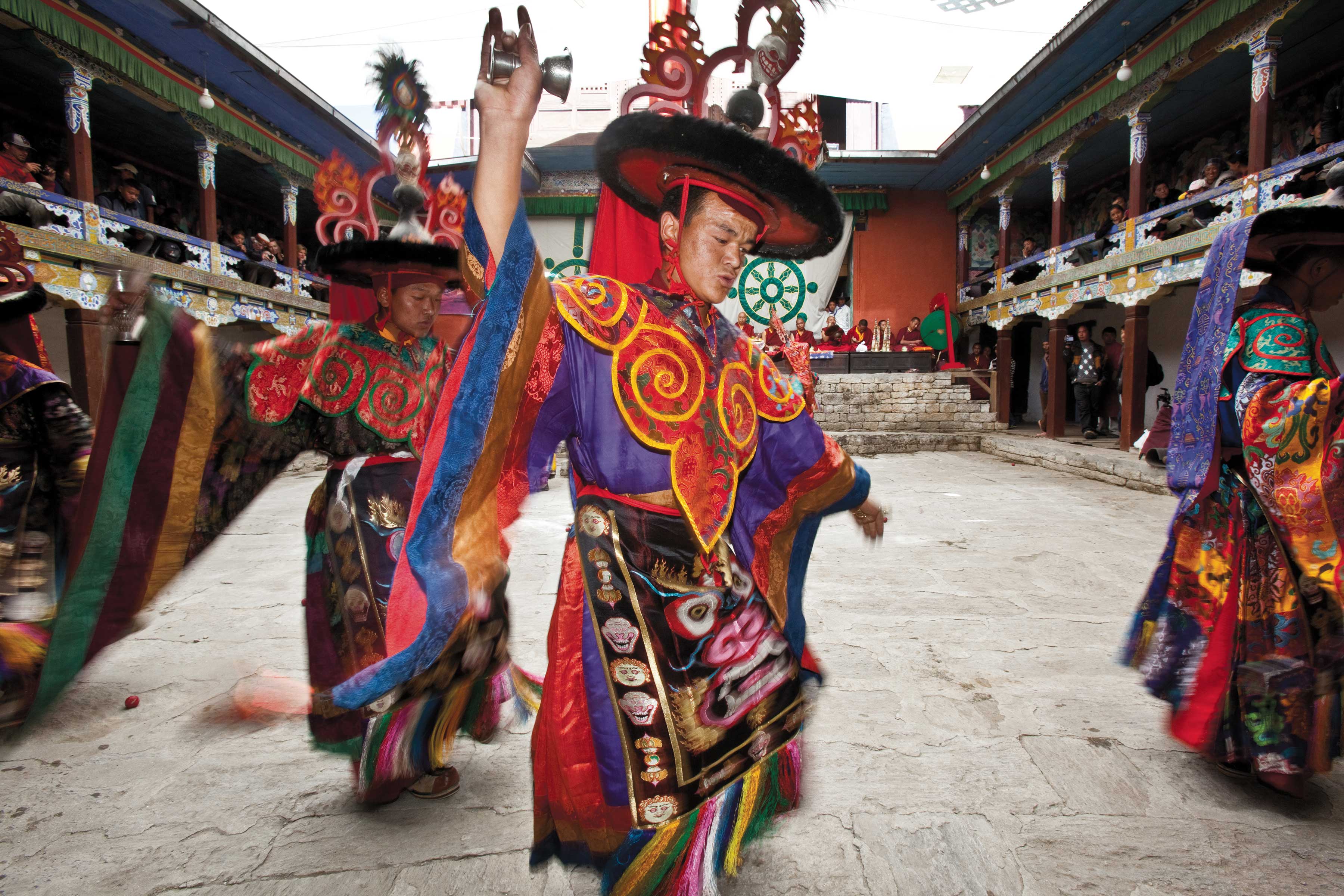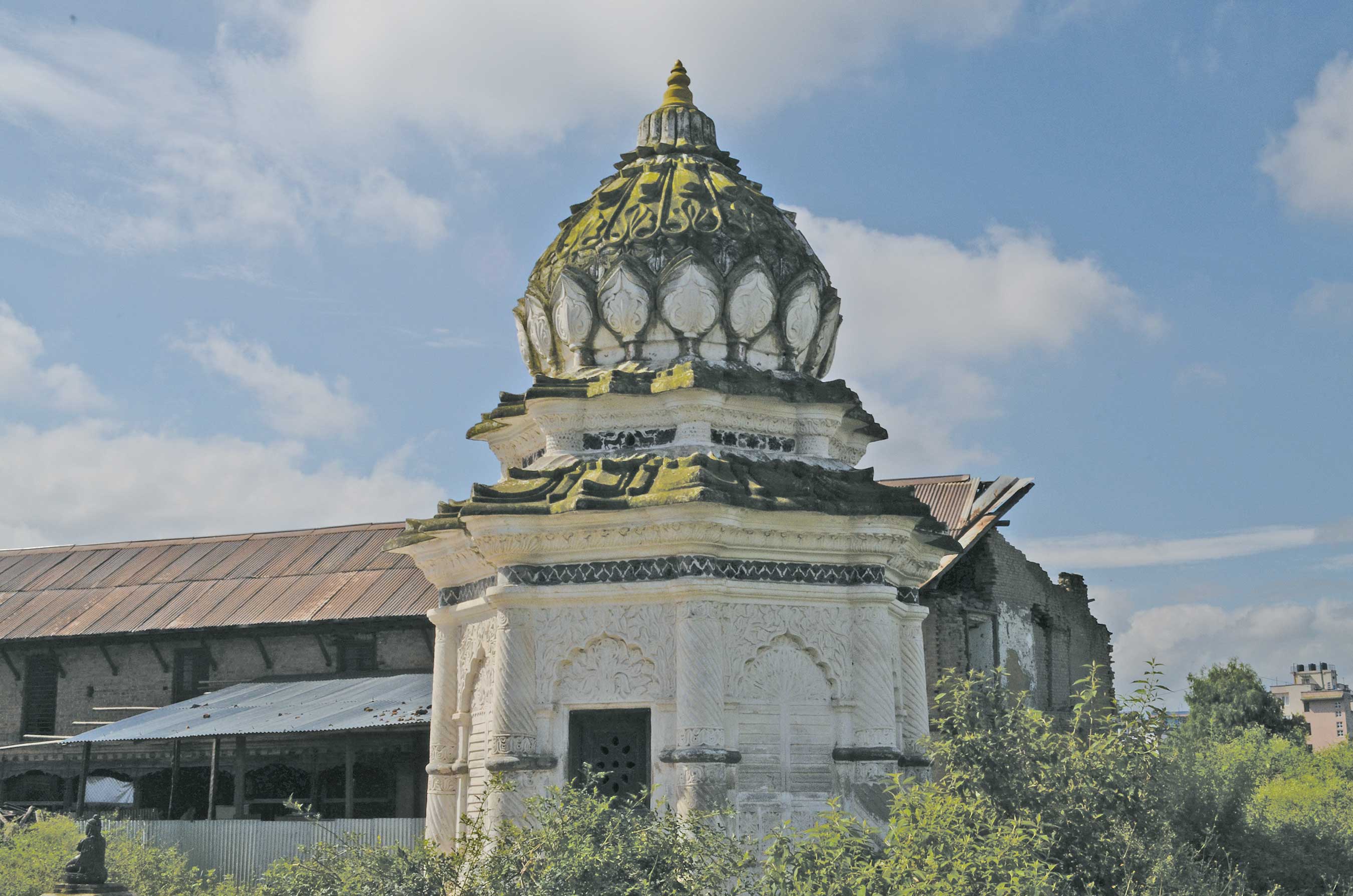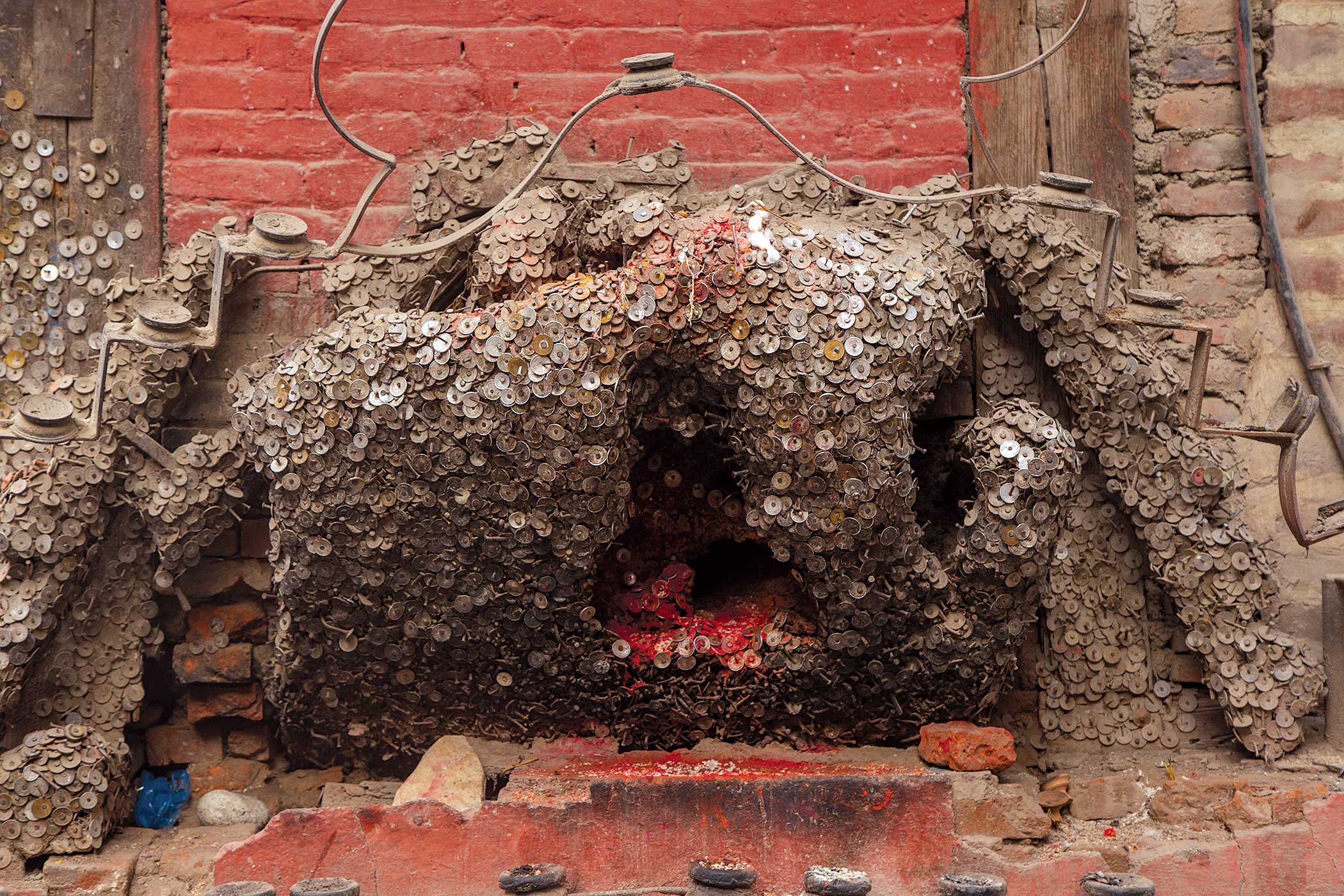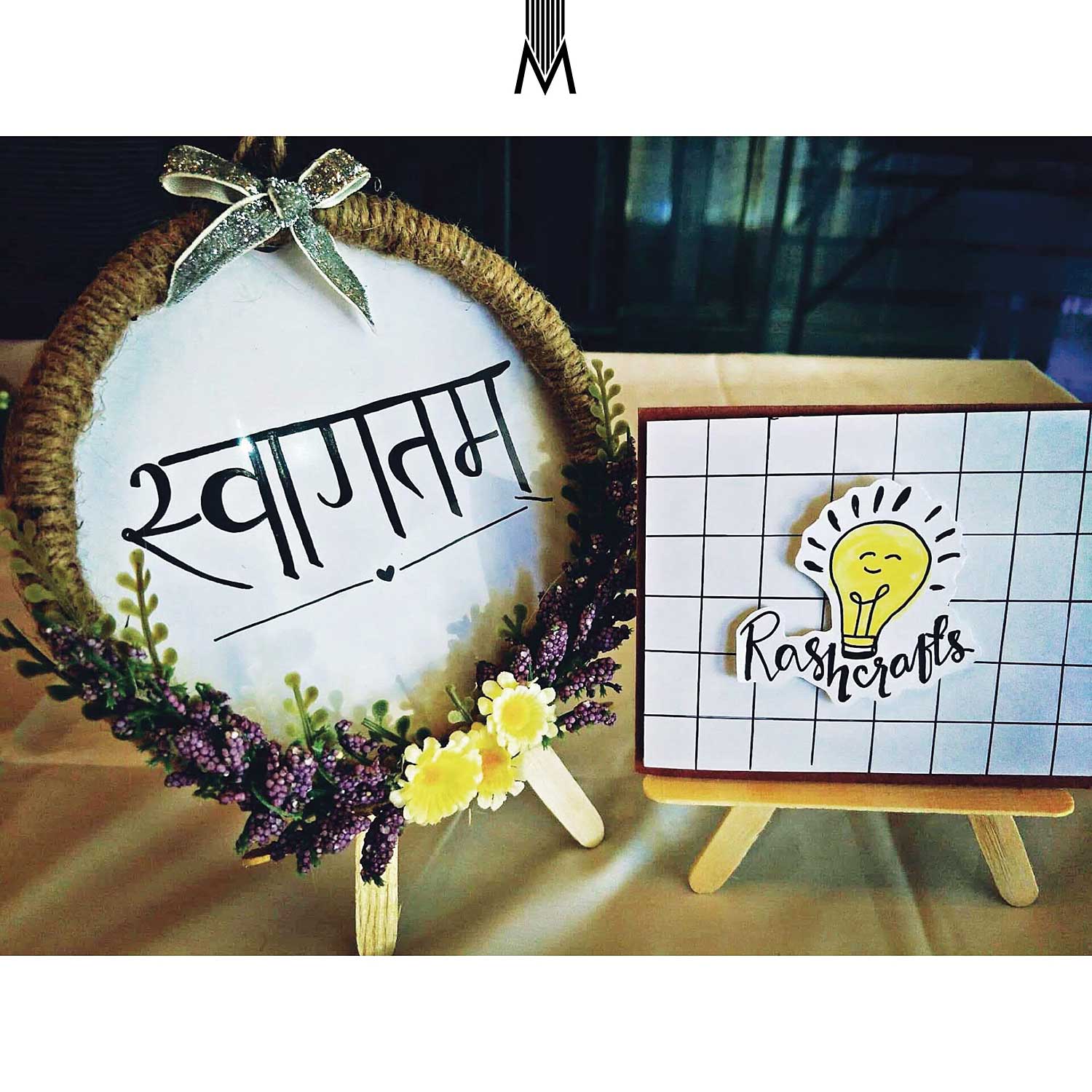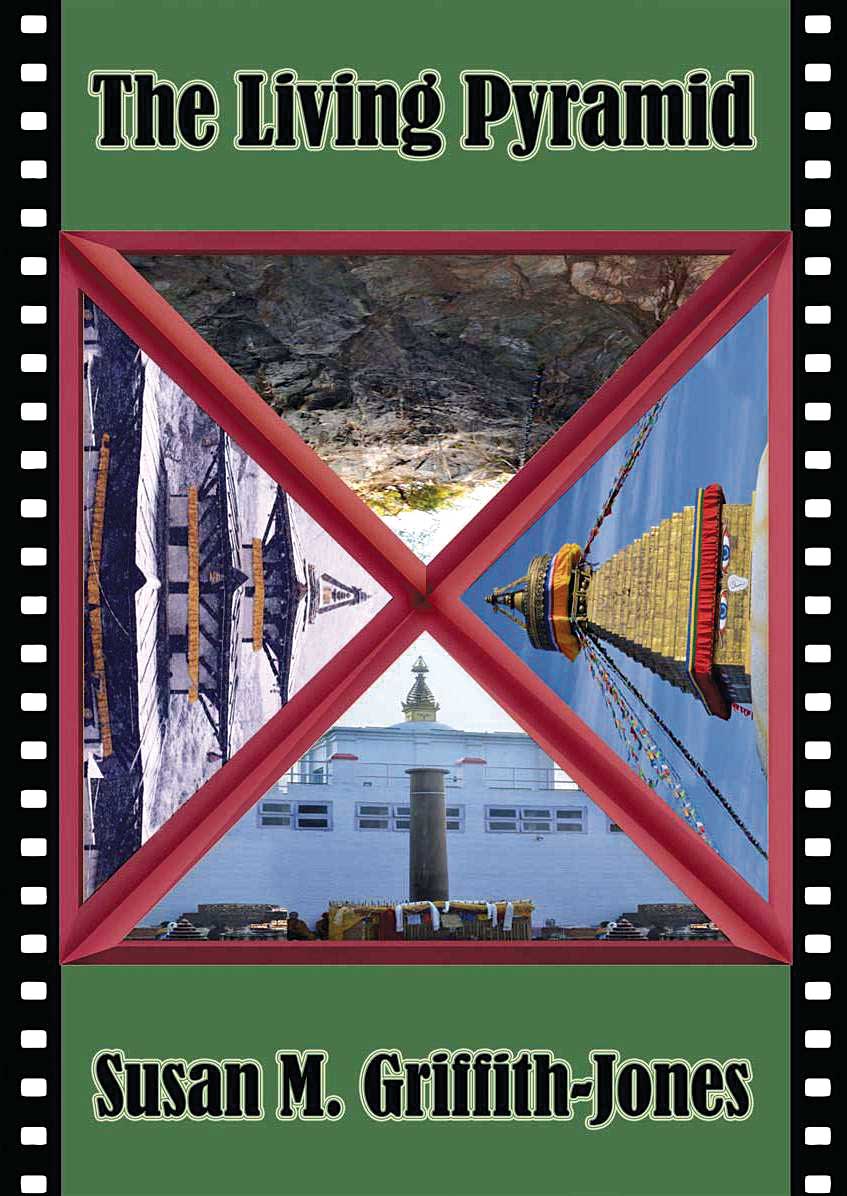The ferrywoman was an old lady, her face lined with experience and wisdom. When we saw her rusty, narrow wooden boat, we were instantly transported to another place and time. Her advancing years had little effect on her enthusiasm when she saw company.
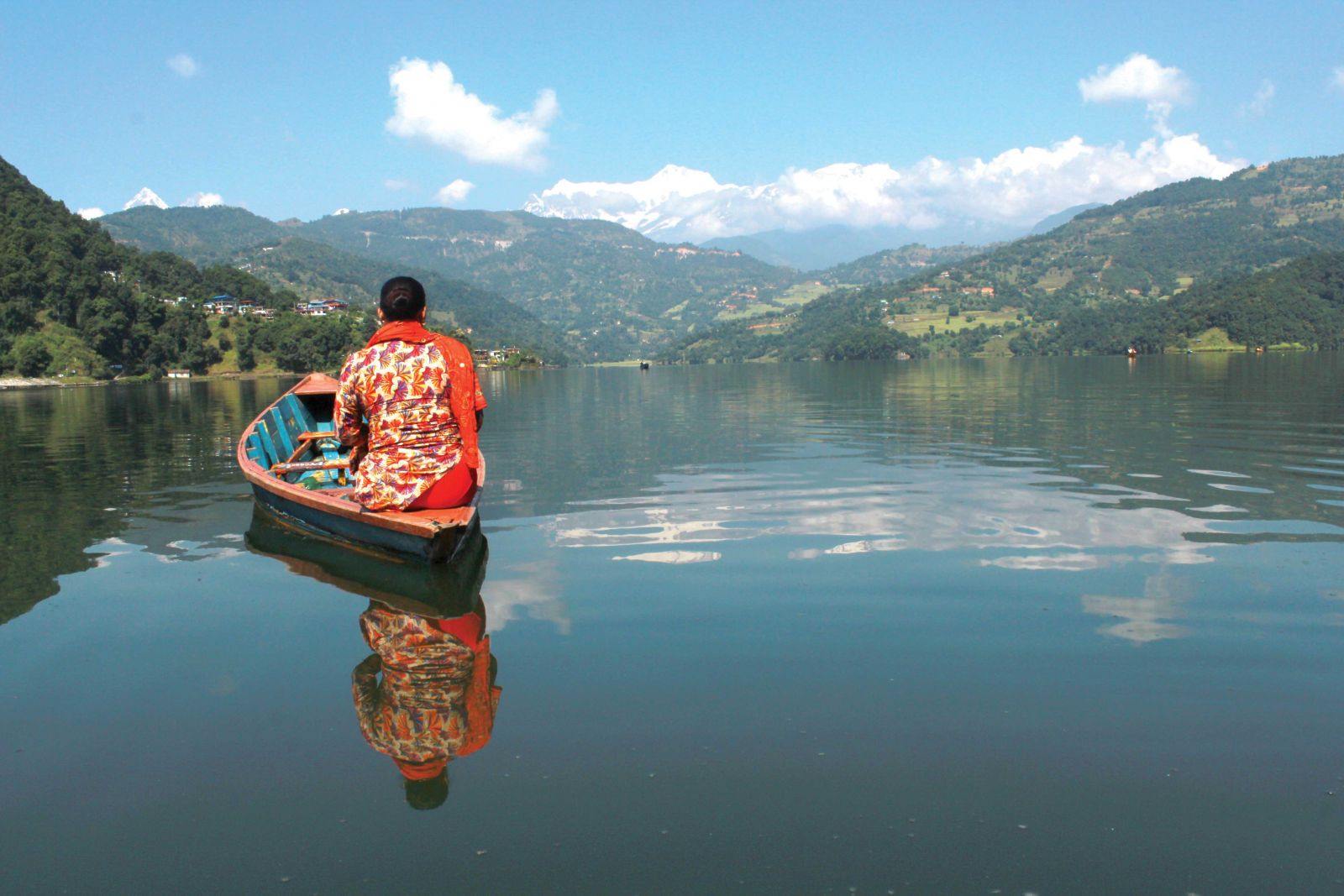
"Where are you planning to go? Lakeside?" asked the cab driver. When you think of lakeside in Pokhara, you automatically think of the gorgeous Phewa Lakeside. I was indeed planning to explore the famous lake but first I was going to another lakeside. I was traveling to a lake 17 km away from Phewa, the most tranquil lake in the region: Begnas Lake, a rural oasis not far from the urban chaos. With its sprawling hills, lush green farmland surroundings and most notably the adjacent snow-capped mountains, Begnas was a great escape from the city. The freshwater lake is the third largest of Nepal’s lakes and continues to seduce travelers who love a little unobtrusive time with nature.
As my friend who lives in Pokhara had suggested, I decided to take a local bus from Hallan Chowk to the bus park at Prithivi Chowk, from where I could get on a bus to Begnas. The bus going to Prithivi Chowk cost 20 rupees. I got off at the bus park and saw a mesmerizing view of the Machhapuchare (Fish Tail) mountain near a place they called Honk Kong Bazaar. A tourist standing next to me was taking photos of the great mountain. "Isn't it crazy to think that the mountain has never been summited?" she asked. "Maybe it is like one of those mountains that people don't want to conquer and simply admire from a distance," I replied.
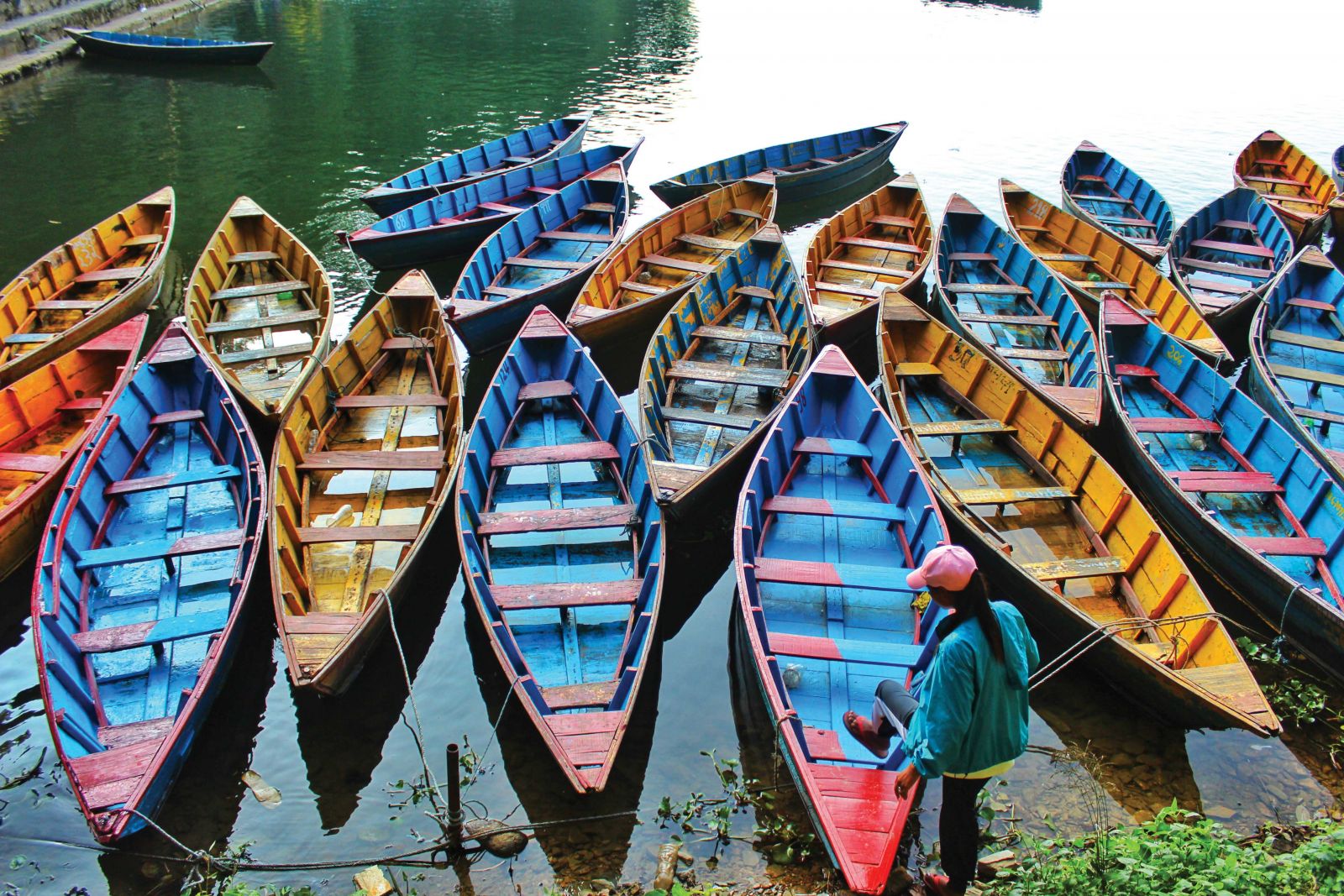
"You can easily hire a bike or take a cab. Why do you want to travel by local bus?" asked one of the locals. Little did he know that when you take the bus in a place like Pokhara, you can let your thoughts travel to places you can't otherwise reach.
I met my friend at the Prithvi Chowk bus park and got on a bus going to Begnas Lake which cost us 40 rupees each. For those who prefer hiking, one can also go to Rupakot then hike down to the lake. You can enjoy a panoramic view of Begnas and its neighbouring lake, Rupa, from the Rupakot hilltop. Accommodation facilities of various kinds are available near the Begnas Lake itself, thus making it a wonderful choice for those yearning for nature.
When we reached the lake, emerald waters welcomed us and views of the paddy fields all around against the backdrop of the mighty Himalayas made for a soothing sight for the mind and soul. Encompassing an area of more than 3.28 square kilometers, it offers an authentic experience of lake life, with some parts used for irrigation and some for caged fisheries. Compared to the bigger and more popular Phewa Lake, Begnas sees less people and has fewer boats. I also did not see any life guards and people who can't swim will get less assurance from the old life jackets.
We decided to rent a boat; the ferrywoman was an old lady, her face lined with experience and wisdom and when we saw her rusty, narrow wooden boat, we were instantly transported to another place and time. Her advancing years had little effect on her enthusiasm when she saw company. My friend got in the boat first, followed by the young couple we decided to share it with. I was the last one to get in. I thought I was too big for the boat and it felt as if the boat dipped a few inches every minute that passed. Whenever I tried to move on one side, the opposite side rose a few inches, scaring other passengers on the little boat.
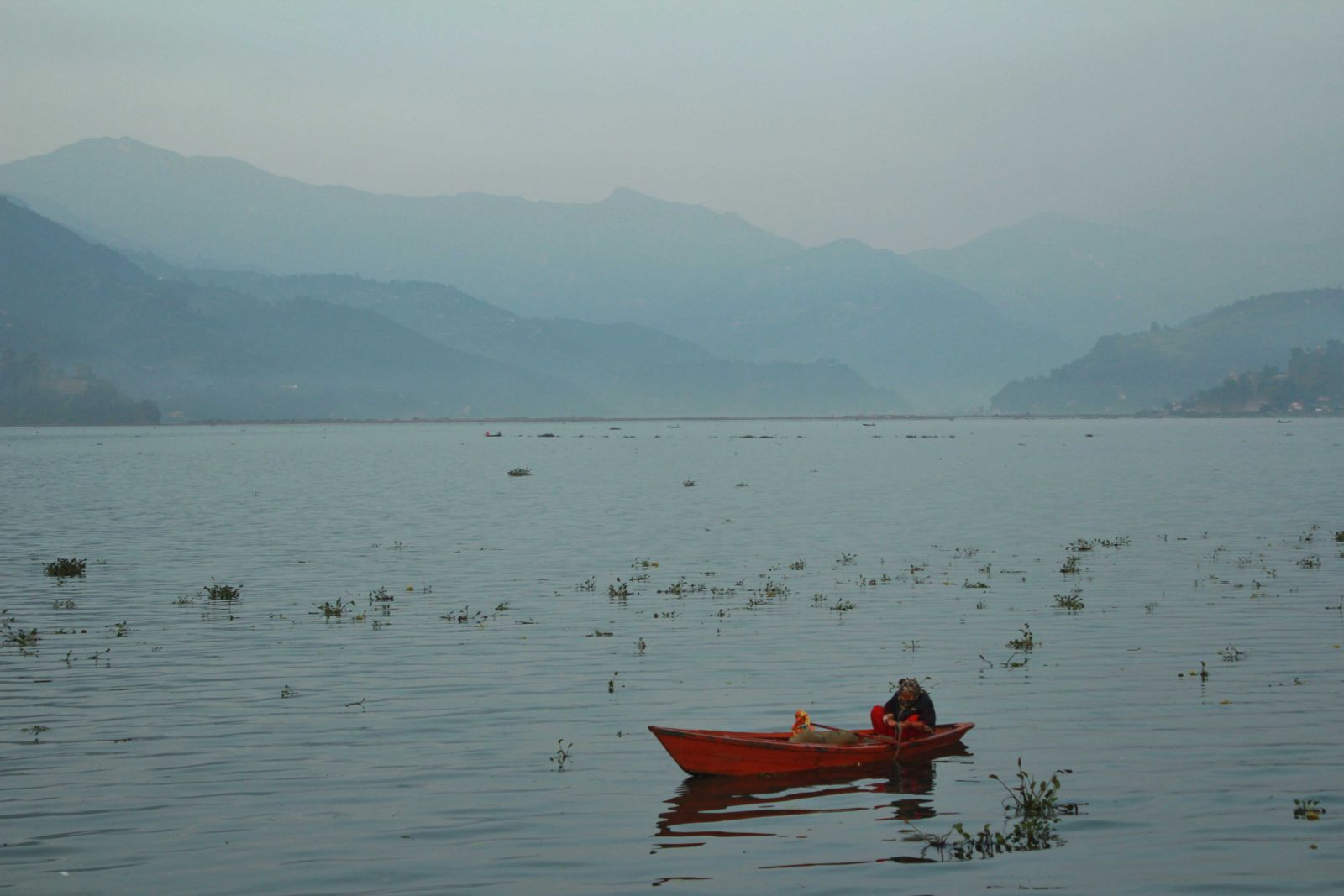
During our journey, I was observing the old lady; she was much like her boat, almost on the point of sinking yet moving through the water. She neither had proper rope to tow the boat nor someone to pull it. Even when the water surface was calm, she created ripples that eventually reached the shore. She was adept at maneuvering the boat but had decided to move like the gentle lapping of the waves of water.
We enjoyed the lush greenery and crystal-clear reflections of the mountains Fishtail, Annapurna and Dhaulagiri along the amazing boat ride, as well as local activities. Fishing is the main occupation of the communities living around the lake, which is home to a variety of fish, including the rare golden mahseer and copper mahseer. Watching the fishermen in action is quite something, casting their net using one hand and steering their oar with the other. For those with an interest in fishing, you can rent fishing gear on your way to the lake to experience the thrill yourself.
The boat halted near Majhi Kuna, the fisherman's corner, and I realized that our hour and a half-long journey had just flashed by. The boat had stopped near a well-maintained eatery offering local delicacies including fresh fish. We got a whole grilled fish for a decent price: it was fresh and the sauce was a mix of spicy, sweet, and sour. In the end our satisfying local meal included three different fish from the lake, after which we returned to our waiting boat and continued on the silent lake.
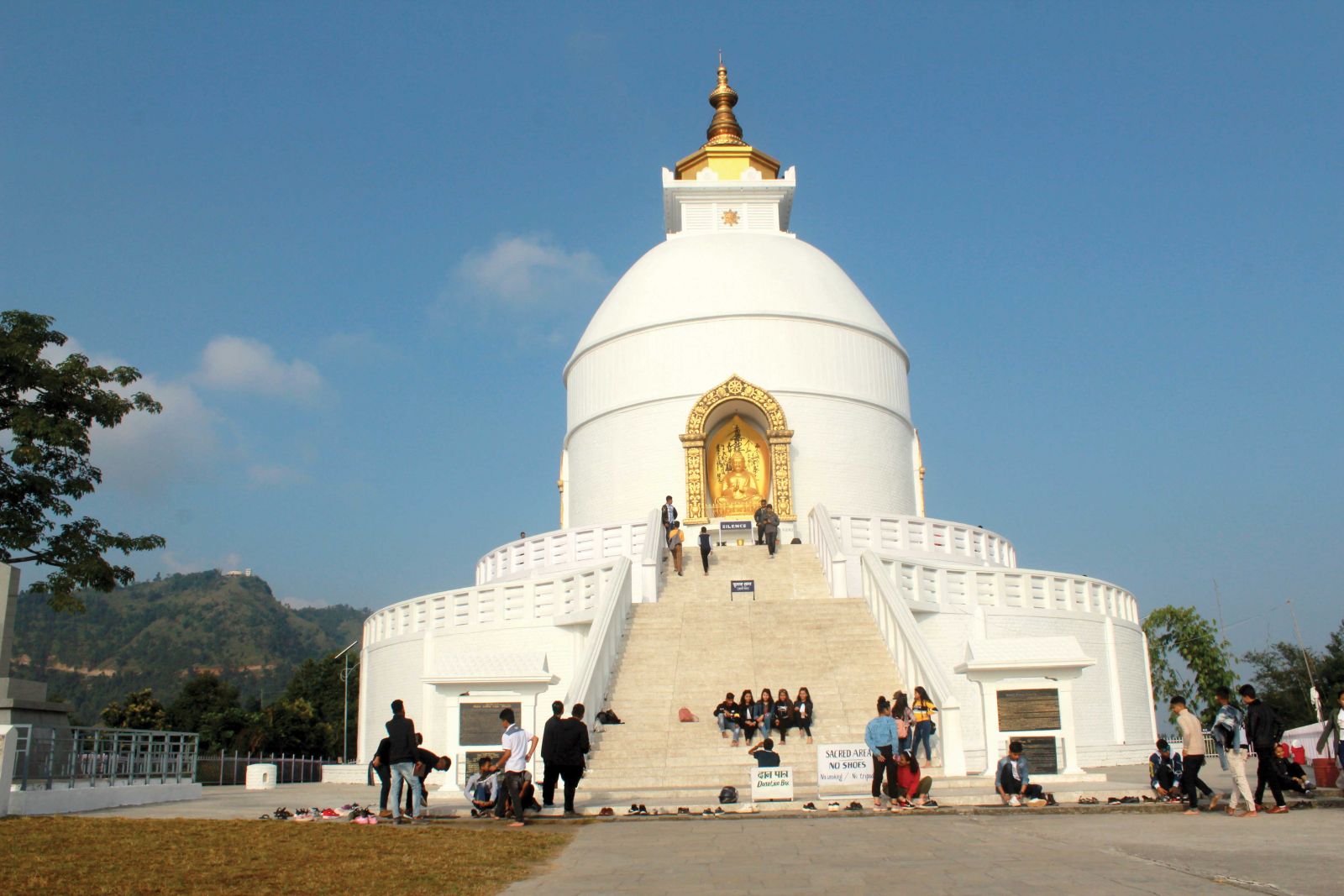
The sun was gently setting and we saw sparkling ripples on the water. Our ferrywoman had decided to sail along the forest, and we could hear the rustling of leaves caused by the caressing breeze. I realized that we were cruising along at a pretty slow pace but so was time itself. "Do you know what time it is?" asked my friend. I did not know what to say, because I had stopped looking at the time since I arrived there.
Later that evening we traveled to the more popular and glamorous of the lakes in Pokhara: Phewa. The hotel I was staying at was in Baidam road, more quiet than the Lakeside road or Hallan Chowk. I asked the hotel owner why they called it Baidam road. He told me that the Phewa lake was once called Baidam Lake. Then, life by the lake moved along with a smooth, unhurried rhythm to it. The only tourists it welcomed were the hippies, who discovered it while searching for peaceful and quiet places. According to locals, in the past even the buffaloes in the area could speak English. Sadly, a large amount of water drained out after the dam failure in the 1970s. "After the dam failure, you could literally walk to the Tal Barahi temple," he said. Phewa has come back a little, but according to locals, it was twice its present size before the dam burst.
The sun was descending on the lake as devotees and tourists gathered for the evening arati (prayer). The bank lit up as young priests dressed in red moved flaming brass lamps, synchronized with rhythmic religious chants. Some lucky devotees returning from Tal Barahi Temple, on a small island close to the bank, get to experience it from their boat. If you want seats along the bank to watch the arati, try to come an hour in advance.
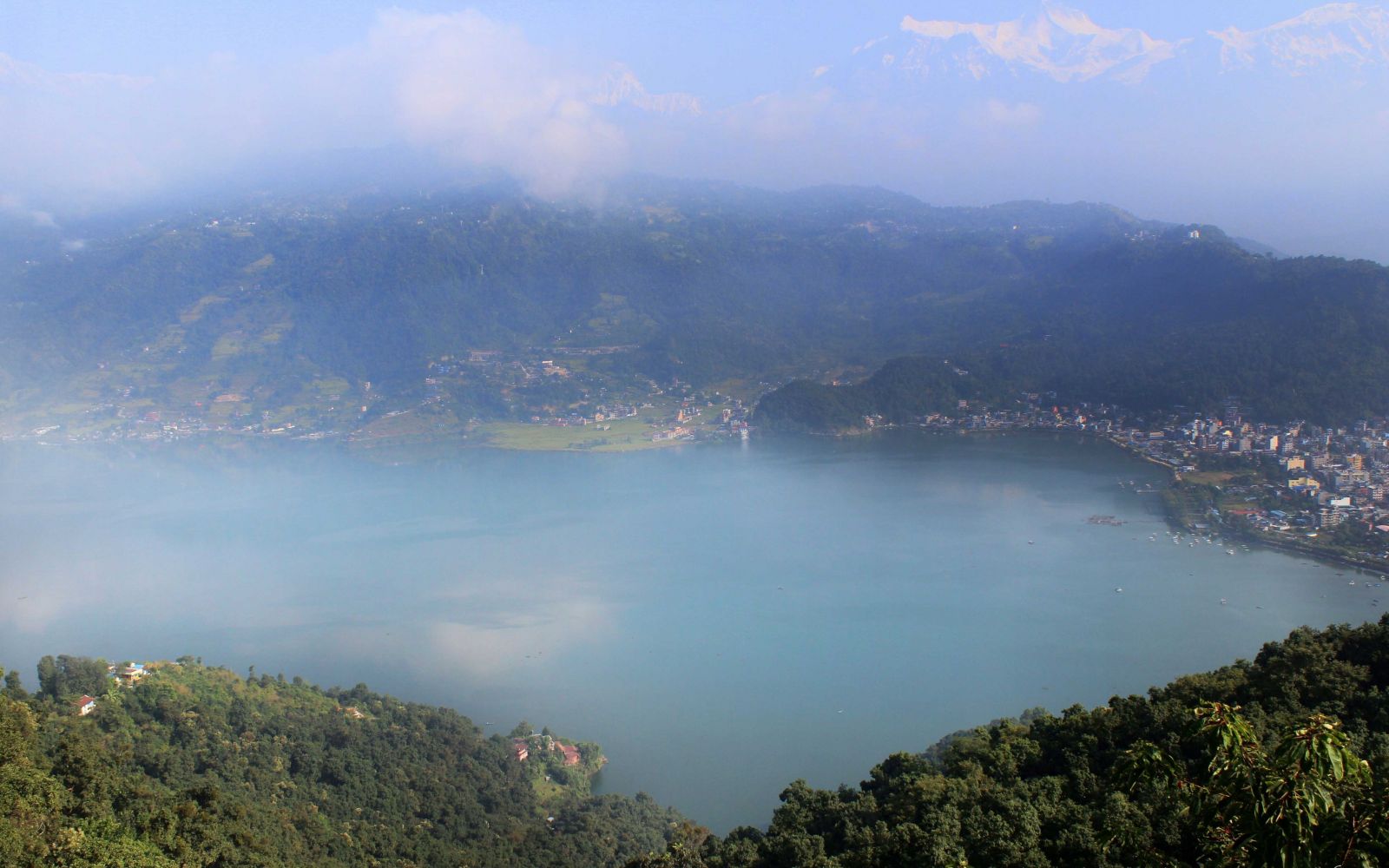
Once the visual spectacle was over, thoughts turned to food. There are cafes and bars all along Lakeside enticing you with live music and strands of colorful lights, but we decided to try a temporary food stall selling delicious looking barbecue. The chicken barbecue we devoured had that distinctive flavor which is a hallmark of Nepali street food. I told my friend how tiny the lake looked in the dark. "You will see how big it really is when you see it from the Shanti Stupa," she replied. She was talking about the Buddhist peace pagoda perched on top of Anadu Hill. It was built by a Japanese Buddhist monk, Nichidatsu Fujii, with the support of locals. It is one of two peace pagodas in Nepal, the other being in Lumbini, the birthplace of Gautam Buddha. The monk began constructing Shanti Stupas around the world after the World War II, advocating for world peace.
To get there, you can rent a boat and paddle across the lake, then hike up the hill for about 45 minutes through numerous villages. The boats are available as early as 6 am. You can also take a taxi from Lakeside to the set of stairs or take a bus to Chhorpatan and walk from there. Climbing up the stairs takes about 20 minutes. If you’re feeling adventurous, it’s a two-hour hike along a forest trail from Pokhara Damside.
You can try any of the routes but everything worthwhile is uphill. Once you reach the top, the two tier white monument stands tall by serene flowers. You will get spellbinding views of the mountains, but that of the great lake is what will remain in your memories forever. Most, like me, look at the lake from the bottom, but the view from the top of the hill is so much better. People have little idea of how vast the lake really is. As the signboard suggests, silence is appreciated at the site and a guard will blow a whistle to remind you if voices get loud. But even the guard couldn't read my silent thoughts. For a moment I traveled back in time to the 1970s, watching Baidam, not Phewa; I had erased all the buildings from view, there were trees everywhere and the water was again emerald blue.
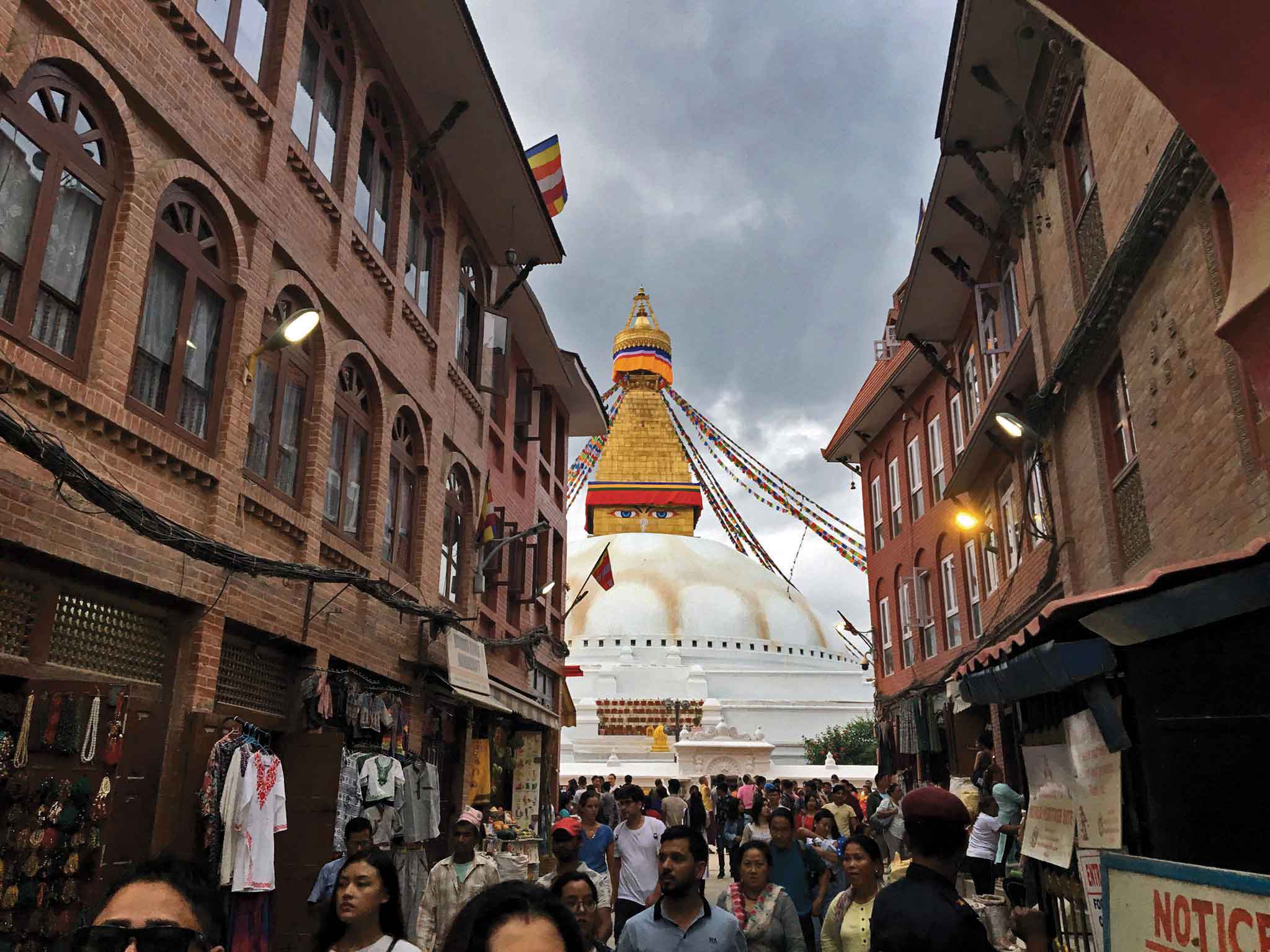
TAKING THE TIME TO SIT AND WATCH
Often, we can get so busy, moving from one appointment to the next, that we fail to simply stop for...


